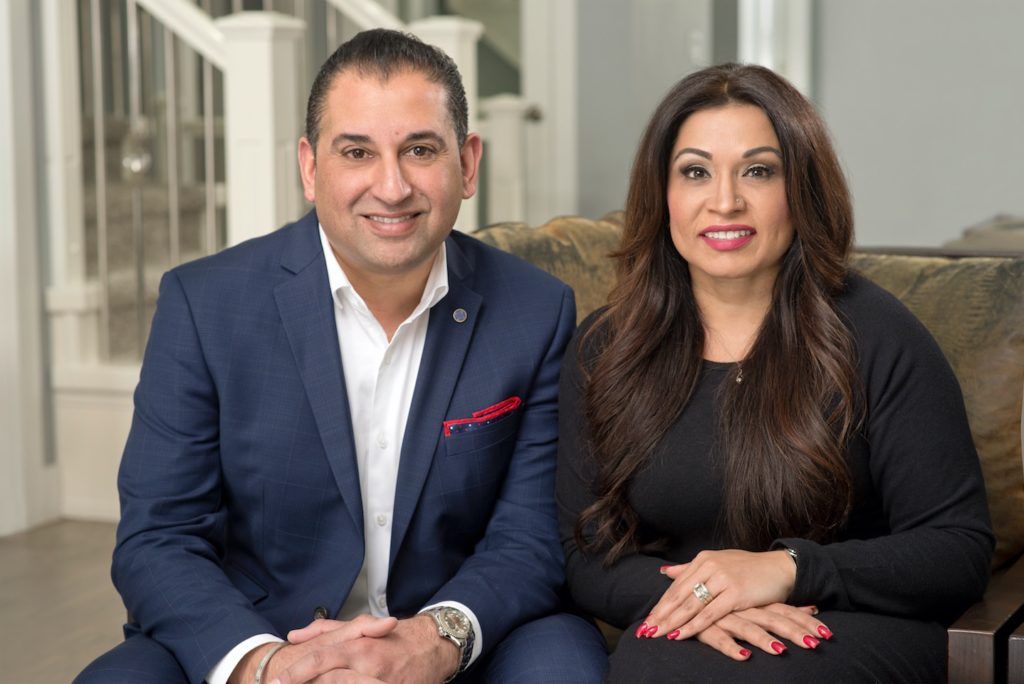Further Tightening of the Mortgage Belt
Before reading this you should be warned that the following content is pretty dry… like eating 8 saltine crackers without drinking water dry. If you need to go and get something to drink before proceeding, no worries, we will wait here. Take your time.
The quick and dirty version, as of November 1st 2016, OSFI is going to require banks to have more money on hand to protect them in case the Canadian economy decides to ride a shark with 200 pounds of dynamite strapped to it’s chest into the mouth of an active volcano. This means two things, banks will probably slowly increase rates to cover their costs and secondly you will probably see mortgage qualification tighten a little further.
Here is all you need to know on the subject, sourced from a few different places online.
OSFI
On September 9th, The Office of the Superintendent of Financial Institutions (OSFI) released for public consultation, revisions to its Capital Adequacy Requirements Guideline (CAR). The following is the official release:
OSFI’s CAR Guideline provides a framework for assessing the capital adequacy of federally regulated deposit-taking institutions and is updated periodically to ensure that capital requirements continue to reflect underlying risks and developments in the financial industry.
The CAR Guideline is based on requirements agreed by the Basel Committee on Banking Supervision. As a member of the Basel Committee, OSFI supports and applies the global risk-based framework to its regulated institutions through a measured and tailored approach that is suited to the Canadian context.
Captured in this set of revisions are OSFI’s expectations on the domestic implementation of two global capital adequacy standards issued by the Basel Committee in recent years. In this draft, OSFI outlines its discretionary approach to the implementation of the Basel III countercyclical buffer regime in Canada as well as provides guidance on the application of Basel’s equity investment in funds rules, which require institutions to hold adequate capital against equity investments in funds.
To reflect the changing risks in the Canadian mortgage market, the draft CAR Guideline has also been updated to include planned revisions to the treatment of insured residential mortgages (see OSFI’s December 2015 letter to industry ). Through the capital framework, OSFI is clarifying the conditions under which risk mitigation benefits of mortgage insurance are recognized for regulatory capital purposes. These changes aim to reinforce the need for banks to exercise prudent underwriting and proper due diligence when originating insured mortgages.
Finally, the revisions to the draft guideline provide clarification on how OSFI’s capital framework will apply to federal credit unions.
Quick Facts
- The implementation date for these changes is set for November 1, 2016 for institutions with an October 31 year end, and January 1, 2017 for institutions with a December 31 year end.
- OSFI is inviting comments on the proposed updates, which it will consider during the development of the final version of the guideline. The deadline for submitting comments is October 18, 2016.
- A non-attributed summary of industry comments received along with OSFI’s responses will be posted on OSFI’s website when the final version of the guideline is released.
About OSFI
The Office of the Superintendent of Financial Institutions (OSFI) is an independent agency of the Government of Canada, established in 1987, to protect depositors, policyholders, financial institution creditors and pension plan members, while allowing financial institutions to compete and take reasonable risks.
Canadian Mortgage Trends
As most people don’t care to read straight government correspondence, Canadian Mortgage Trends, a publication of Mortgage Professionals Canada published an article summarizing the Capital Adequacy Requirements.
“Under the proposed revised guideline, the amount of capital required to be held by the institutions is not expected to change significantly,” assured a spokesperson. “These changes aim to ensure that capital requirements continue to reflect underlying risks and developments in the financial industry.”
The article goes on to describe an interesting change called a “countercyclical buffer”… if that doesn’t spin you around on your chair, nothing will! Hot stuff! Anyway…
Money Sense Magazine
Not one to miss a chance at a sensational headline, Money Sense Magazine published an article called “Expect tougher mortgage rules by November”. The article goes on to outline the following:
- Hot markets prompt tougher rules for banks
- Taxpayer will be less exposed
- How it will impact the Canadian home buyer
- When will tougher rules take affect?
Let’s Talk
If you are considering buying a property in the next couple of years, or have a mortgage that you would either like to renew or refinance, please don’t hesitate to contact us anytime. We would love to discuss what is going on in the economy and help you determine if now is a good time for you to make a move.
Let’s talk, we’re always available to you!
Share
Sign up to to our newsletter to hear weekly updates on market news, timely buyer/seller tips, and up to date rates





